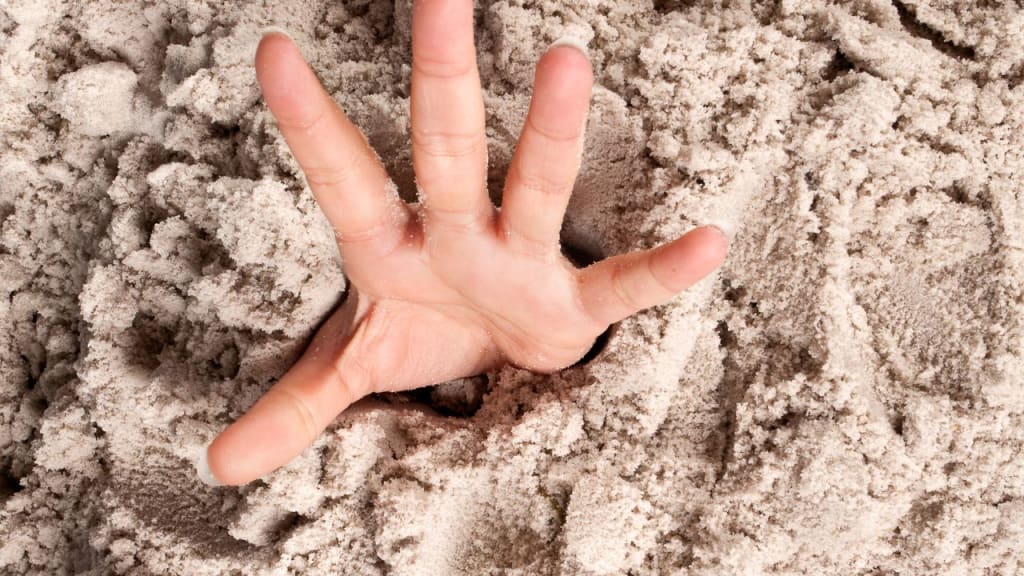
"Action" - Quick sand's portrayal in movies is often captivating, weaving a tapestry of thrill and excitement. Its exotic and dramatic nature tends to be highly exaggerated, evoking a nervous sweat at the mere thought of someone trapped in its clutches on the silver screen.
However, here's an interesting fact: it's actually impossible to become fully submerged in quicksand.
So, what could happen if you fall into it? Let's explore the possibilities.
What stops you from sinking?
The reason why you don't sink into the sand at the beach is due to a physics phenomenon called force change. When countless grains of sand gather closely together, their weight gets spread over a large area, keeping you and your belongings safely above ground. However, if water manages to seep up from underground, it mixes with the sand, creating a surface that appears solid.
Real quicksand differs from its portrayal in movies. It's true that you won't sink right away. Quicksand is rarely deeper than a few feet, and even if it were deeper, humans are only half as dense as quicksand. So, in reality, you can't sink much lower than your waist in quicksand, unless you struggle.
Quicksand is classified as a non-Newtonian fluid, which means its viscosity changes when subjected to stress. Under high-stress conditions, such as the weight of your body, quicksand transforms into a liquid state, causing you to sink. Therefore, if you panic and attempt to escape frantically, the rapid shifts in your weight will only pull you deeper and faster.
On the other hand, quicksand becomes thicker over time. So, if you simply remain still and do nothing, it will become more difficult for you to free yourself. Every minute you spend trapped in quicksand increases the risk of dehydration, starvation, sunstroke, or hypothermia.
If that doesn't send shivers down your spine, depending on your location, quicksand can even pose a drowning risk. It is often found near the sea because water can more easily rise up through the sand. So, if you ever find yourself near the coast, it's crucial to keep track of time. You'll have a maximum of six hours before the tide changes.
How to Escape
Now, if trying to escape or struggling too hard are both unwise choices, what should you do if you become stuck in quicksand? The key is to stay calm. First, remove any heavy items you're wearing or carrying, as they will only drag you deeper. Then, try to lean as far back as possible to create more space for yourself. As water seeps in and fills the gaps you create, it will facilitate movement and help you pull your body towards the surface.
If you can find a stick, wedge it underneath your back to increase leverage. Hopefully, emergency services will come to your aid, but if not, you can utilize these techniques to escape on your own. Be prepared for a long and exhausting process.
Even freeing your foot from a small puddle of quicksand, moving at a rate of one centimeter per second, requires the same amount of force as lifting a small car.
Once you're finally free, you will likely experience significant pain due to the pressure exerted by the densely packed sand. It's possible to emerge from the quicksand with permanent nerve damage or the loss of a limb.
If you ever happen to find youself stuck in quicksand understanding the science and the risks it poses can help you stay safe and make informed decisions.
And when you escape the quicksand unharmed, perhaps it's wise to proceed with a bit more caution in the future. However, don't let this challenging experience deter you from embracing new adventures.
About the Creator
Kay
In The Mysterious Mind Dispatch, I share my love for captivating stories, intriguing facts, and deep psychological insights. Discover the quirky tales that didn't make the headlines as we delve into the enigmatic world together!






Comments
There are no comments for this story
Be the first to respond and start the conversation.